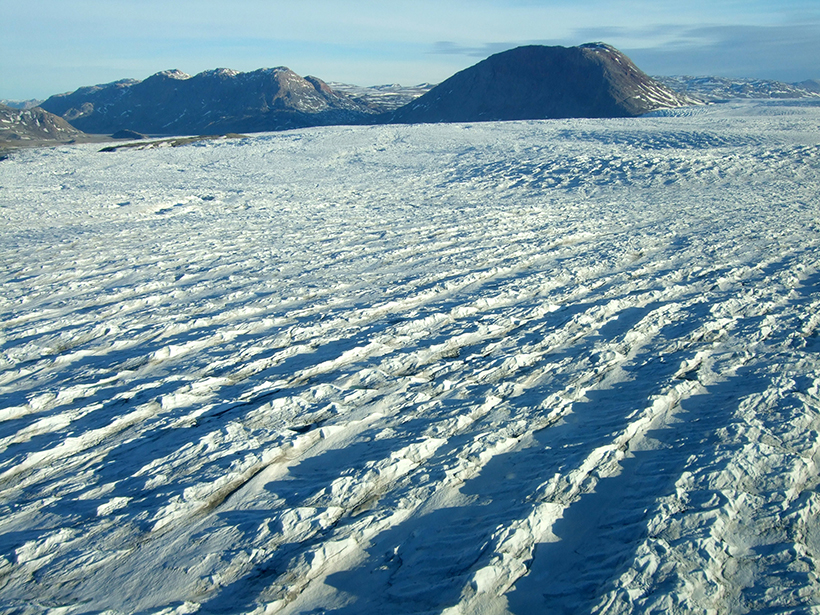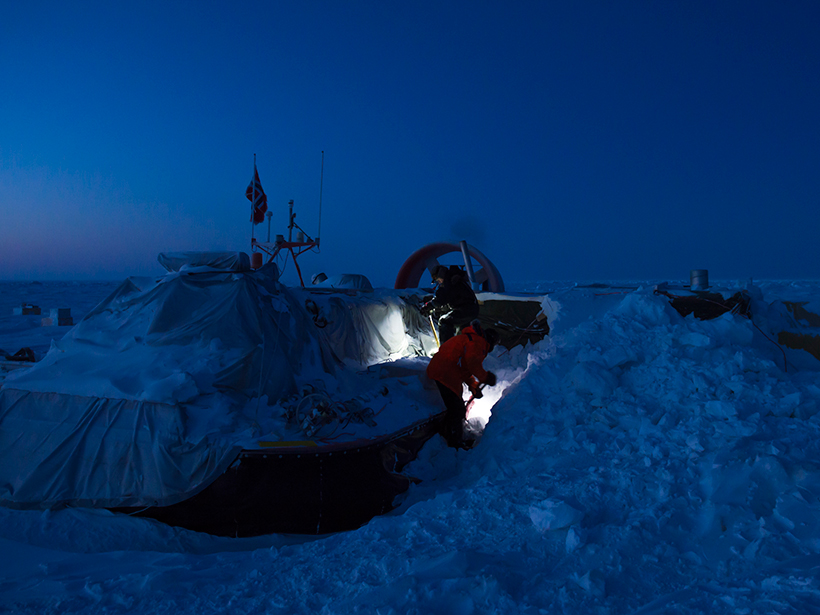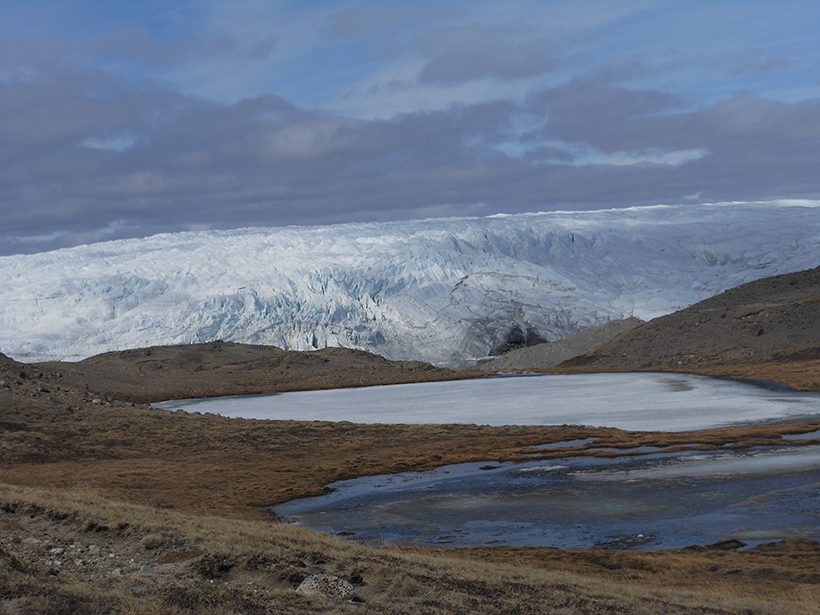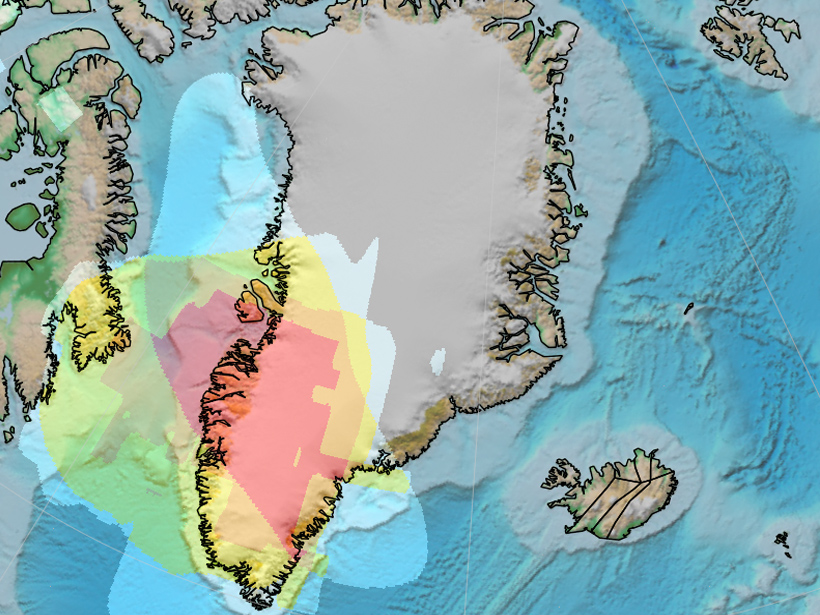A new web-based data portal gives scientists access to more than 40 years of satellite imagery, providing seasonal to long-term insights into outflows from Greenland's ice sheet.
Greenland
Major Ocean Circulation Pattern at Risk from Greenland Ice Melt
The current warming trend could mean the collapse of ocean's global conveyor belt, which would have far-reaching effects on climate around the world. But this collapse could still be avoided.
Scientists Spend Arctic Winter Adrift on Sea Ice
A hovercraft-based ice drift station gives researchers access to previously inaccessible regions of the changing Arctic sea ice cover off the coast of Greenland.
Climate-Driven Change in Ice-Free Areas of Greenland
KAIRN (Kangerlussuaq International Research Network) 2nd Annual Meeting; Acadia National Park, Maine, 4–7 May 2016
Melting Ice Could Reveal Toxic Cold War Era Waste in Greenland
Unforeseen political disputes could arise as countries assess who's responsible for the cleanup of the Cold War relics.
A River Network Preserved Beneath the Greenland Ice Sheet
An ancient drainage basin covering one fifth of Greenland predates the ice sheet and strongly influences the modern Jakobshavn Glacier, according to a new analysis of ice-penetrating radar data.
Evidence of an Extinct Ocean Basin Detected Beneath Greenland
An analysis of a seismic and gravity anomaly discovered in the middle mantle sheds new light on ancient oceans, the mantle's evolution, and ancient magmatism in the Arctic.
How Will Sea Ice Loss Affect the Greenland Ice Sheet?
On the Puzzling Features of Greenland Ice-Core Isotopic Composition; Copenhagen, Denmark, 26–28 October 2015
Faster-Merging Snow Crystals Speed Greenland Ice Sheet Melting
Satellite data and modeling reveal a trend toward coarser-grained, more-light-absorbent snow.
Giant Balls of Bacteria Pile Up on Arctic Lake Beds, Ooze Toxin
Researchers have found cyanobacteria colonies as big as softballs thriving unexpectedly on shallow Greenland lake bottoms, exuding liver-damaging microcystin. Locals dubbed them "sea tomatoes."










